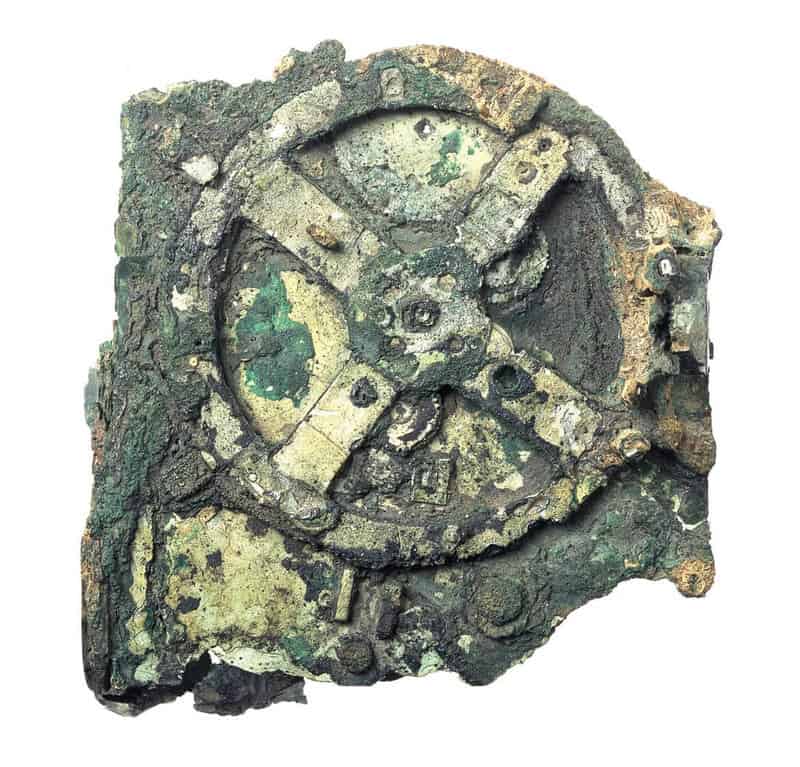Do you think that computers are a modern invention? What about sound chambers that can amplify what someone says by 100 times or more, or calendars that can be recalibrated from one year to the next? Nanotechnology, cataract surgery, steel that is flexible yet can cut through a handkerchief in midair, or a flying machine equipped with a manual for traveling long distances?
All of these inventions sound modern, but they are actually ancient. And they absolutely befuddle modern researchers. We don’t know the function of many of these ancient inventions, how they were made, or how ancient peoples, lacking modern technology, could have made them. For now, much is left to speculation.
1. The Mother Of Ancient High Technology Was The Antikythera Device

In 1900, divers exploring a shipwreck off the Greek island of Antikythera discovered a mysterious device that appeared to be the world’s very first computer. It was a metal disk with a complex system of gears and appeared to be over 2,000 years old.
Researchers have spent decades trying to uncover the mysteries of the Antikythera device, but they cannot determine its function or how to use it. It may have been connected to the zodiac and phases of the moon, along with lunar and solar eclipses. But we really just don’t know.
